The fashion industry is one of the most dynamic and influential industries in the world, shaping culture, identity, and lifestyle. From luxury brands to fast fashion, it drives creativity, economy, and self-expression. However, this industry is not just about clothing—it is about trends, innovation, and the impact it leaves on society and the environment.
Understanding the Fashion Industry
Fashion is more than fabric and design—it is a global business. The fashion industry includes designers, manufacturers, marketers, retailers, models, and consumers who collectively create a cycle of production and consumption. It combines art with commerce, making it both cultural and economic in nature.
The history and evolution of fashion
Fashion has existed for centuries, evolving from traditional hand-stitched garments to technologically advanced clothing. From ancient royal robes to modern-day streetwear, fashion has mirrored social values and status. The rise of haute couture in Paris, the invention of sewing machines, and the influence of Hollywood celebrities have all shaped the industry into what it is today.
Key sectors of the fashion industry

The fashion industry can be divided into several sectors:
- Luxury fashion – high-end brands that emphasize exclusivity and craftsmanship.
- Fast fashion – affordable and trend-driven clothing for mass markets.
- Sustainable fashion – eco-friendly designs focusing on ethical production.
- Athleisure – combining comfort and style with sportswear-inspired looks.
The Role of Fashion in Modern Society
Fashion is a mirror of society, reflecting cultural movements, economic conditions, and individual expression. It influences how people see themselves and how they are perceived by others.
Fashion as a form of self-expression
What people wear tells stories about their personality, profession, and values. Clothing can represent identity, confidence, and creativity. Whether it is a business suit, casual streetwear, or a traditional dress, fashion helps individuals express themselves in a unique way.
Fashion and cultural influence
Fashion is also deeply connected to culture. Traditional dresses, festival attire, and regional textiles play a vital role in preserving heritage. At the same time, globalization has allowed cross-cultural fashion exchanges, blending styles from different parts of the world.
Challenges in the Fashion Industry
Despite its beauty and creativity, the fashion industry faces several challenges that affect its reputation and sustainability.
The problem of fast fashion
Fast fashion brands produce cheap clothing at rapid speeds to keep up with trends. While this makes fashion accessible, it raises issues such as:
- Environmental damage due to textile waste.
- Poor working conditions in factories.
- Low-quality clothing that lacks durability.
Sustainability concerns

The fashion industry is one of the largest polluters, consuming vast amounts of water and energy. Synthetic fabrics release microplastics into oceans, while excessive production leads to landfills overflowing with unsold clothes. Brands are now under pressure to adopt eco-friendly practices like recycling, organic materials, and ethical labor.
Counterfeit and brand piracy
Luxury brands struggle with counterfeit products that not only harm their reputation but also mislead consumers. Fake products dominate markets, reducing trust in authentic fashion houses.
Innovations Driving the Fashion Industry
To meet changing demands and solve challenges, the fashion industry is embracing innovation and technology.
Digital fashion and virtual runways
Virtual reality (VR) and augmented reality (AR) are transforming fashion shows. Instead of physical catwalks, many brands now showcase collections through virtual runways, reaching global audiences online.
Smart textiles and wearable technology
Clothing is becoming more functional with innovations like self-heating jackets, moisture-detecting fabrics, and even dresses that change color with light. These smart textiles represent the merging of fashion and technology.
Sustainable fashion movement
More designers are moving towards ethical and sustainable practices. Upcycling old garments, using organic cotton, and creating biodegradable fabrics are some strategies to reduce the industry’s environmental footprint.
The Economic Impact of the Fashion Industry
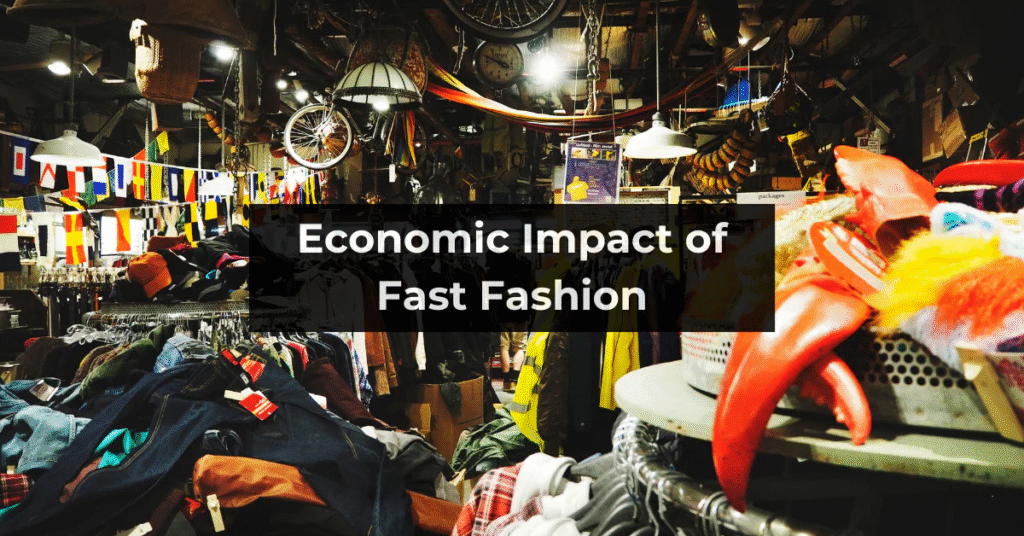
Fashion is not only about trends but also a major driver of global economies.
Contribution to global economy
The fashion industry is a trillion-dollar sector, employing millions worldwide. From textile manufacturing in developing countries to luxury markets in Europe, it fuels economic growth.
Employment opportunities
Fashion creates job opportunities for designers, factory workers, marketers, models, and digital influencers. It is one of the few industries where both creativity and business coexist.
The Future of the Fashion Industry
The fashion industry is evolving rapidly, driven by consumer demand, technology, and sustainability goals.
Rise of e-commerce and digital shopping
Online platforms like Amazon Fashion, ASOS, and luxury brand websites have made shopping more convenient. Virtual fitting rooms and AI-powered recommendations enhance the online shopping experience.
The demand for inclusivity and diversity
Today’s consumers demand more representation. Brands are focusing on plus-size models, diverse ethnicities, and gender-fluid fashion to promote inclusivity.
Personalized and AI-driven fashion
Artificial intelligence is being used to predict trends, personalize shopping, and reduce waste by producing clothing on-demand. This will make fashion more consumer-centric and efficient.
Benefits of the Fashion Industry
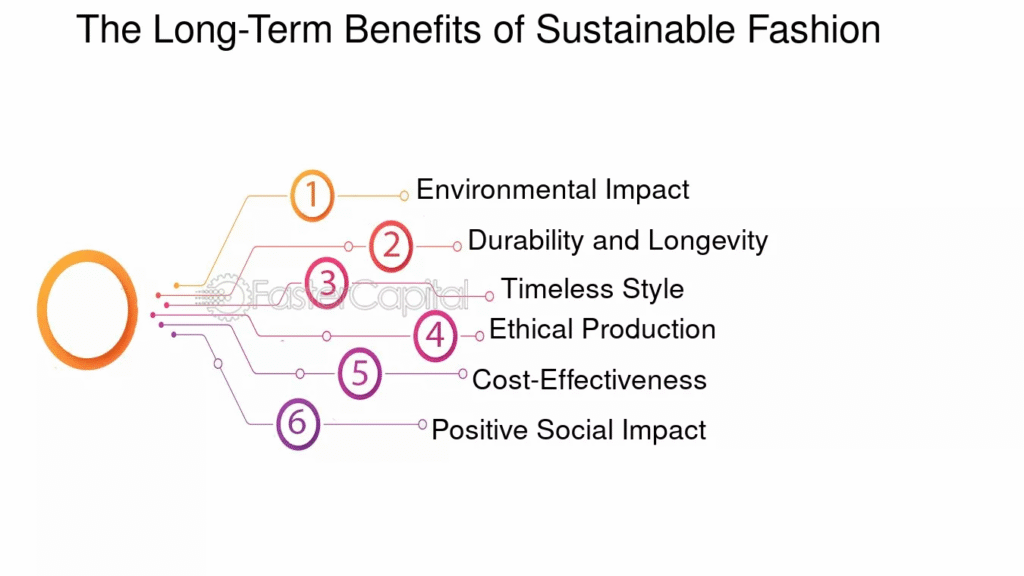
Despite its challenges, the fashion industry offers many benefits that make it an essential part of global culture and economy.
Promoting creativity and innovation
Fashion provides a platform for designers, artists, and creators to express themselves. It fuels innovation in fabrics, styles, and marketing strategies.
Strengthening cultural identity
By preserving traditional crafts and designs, the fashion industry protects cultural heritage while also introducing it to global audiences.
Boosting confidence and lifestyle
Clothing has a psychological impact. Wearing stylish, well-fitting attire can boost self-confidence and improve social interactions. Fashion also inspires lifestyle choices, encouraging people to follow trends in health, beauty, and wellness.
Conclusion
The fashion industry is a powerful force that influences society, culture, and economy worldwide. While it faces issues like sustainability and fast fashion, it continues to evolve through technology, creativity, and consumer awareness. Its ability to inspire confidence, preserve culture, and boost economies ensures that fashion will always remain an integral part of human life.

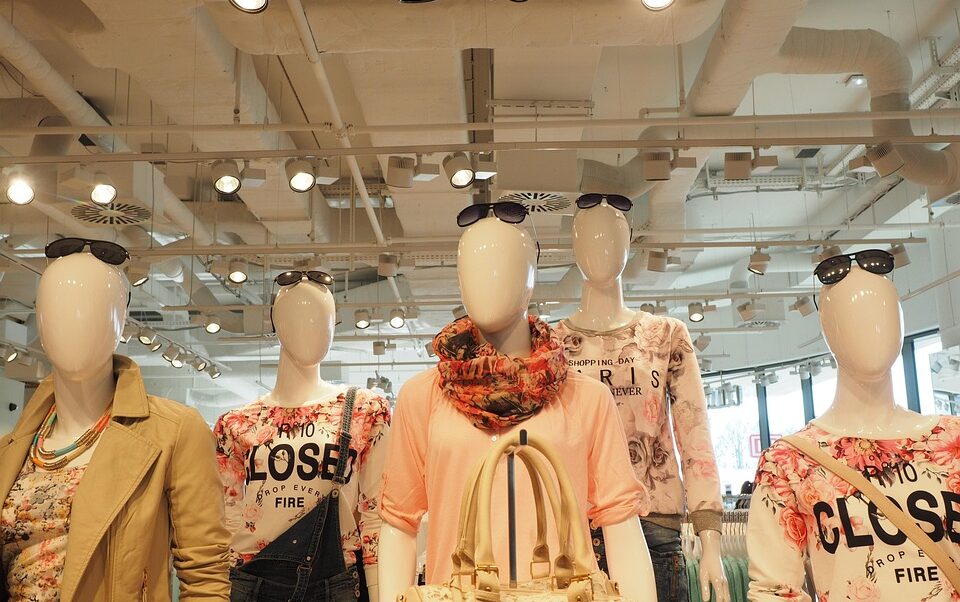

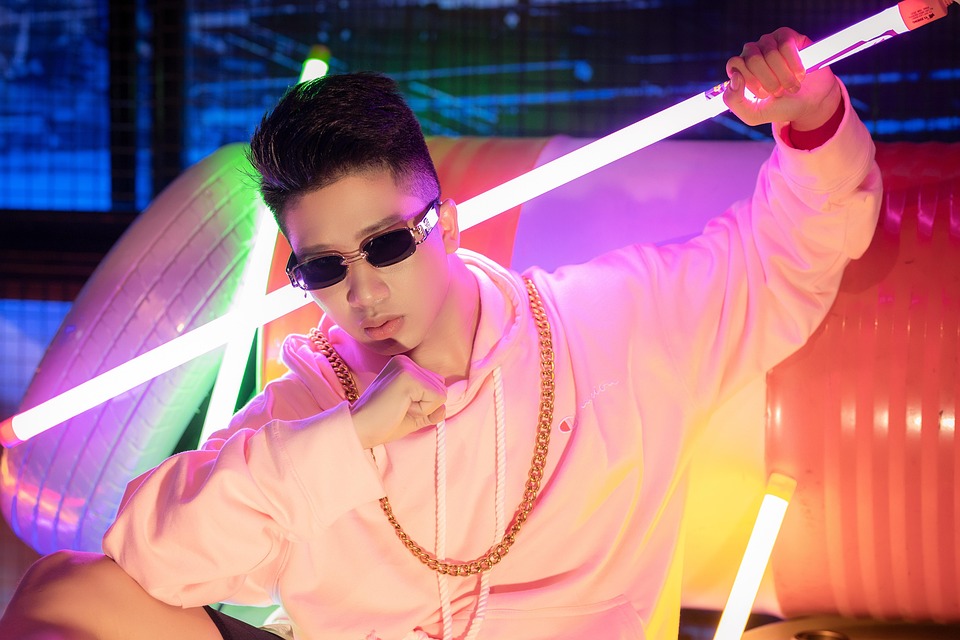
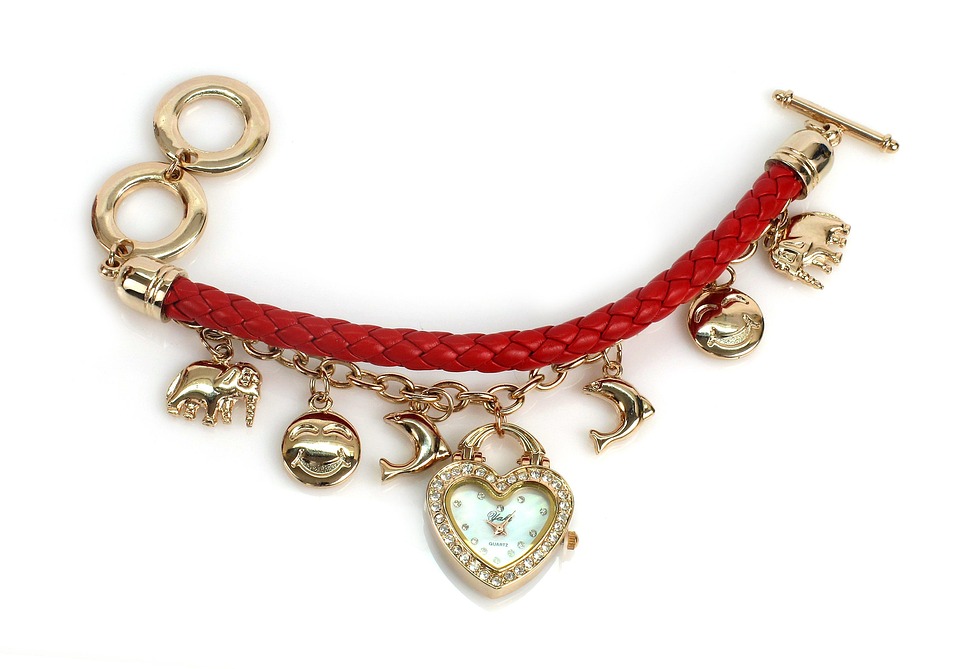
Your blog is a breath of fresh air in the often stagnant world of online content. Your thoughtful analysis and insightful commentary never fail to leave a lasting impression. Thank you for sharing your wisdom with us.
Your blog is a testament to your dedication to your craft. Your commitment to excellence is evident in every aspect of your writing. Thank you for being such a positive influence in the online community.